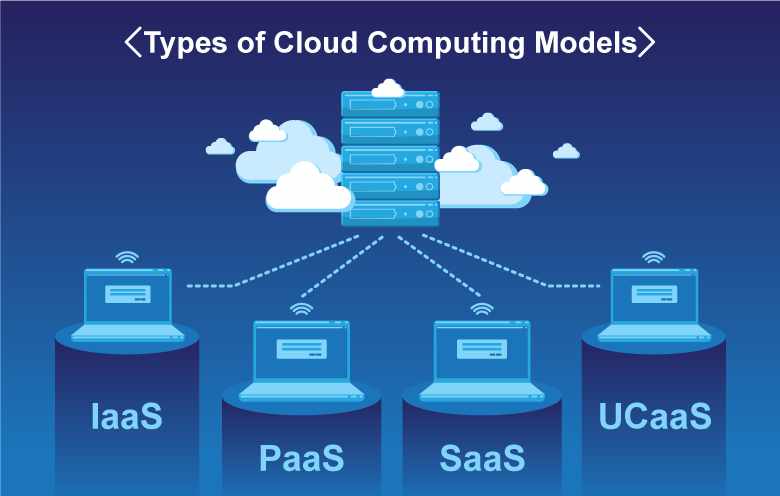
Private cloud
Private cloud is cloud infrastructure operated solely for a single organization, whether managed internally or by a third-party, and hosted either internally or externally. Undertaking a private cloud project requires a significant level and degree of engagement to virtualize the business environment, and requires the organization to reevaluate decisions about existing resources. When done right, it can improve business, but every step in the project raises security issues that must be addressed to prevent serious vulnerabilities. Self-run data centers are generally capital intensive. They have a significant physical footprint, requiring allocations of space, hardware, and environmental controls. These assets have to be refreshed periodically, resulting in additional capital expenditures. They have attracted criticism because users “still have to buy, build, and manage them” and thus do not benefit from less hands-on management, essentially “[lacking] the economic model that makes cloud computing such an intriguing concept”.
Public cloud
A cloud is called a “public cloud” when the services are rendered over a network that is open for public use. Public cloud services may be free or offered on a pay-per-usage model. Technically there may be little or no difference between public and private cloud architecture, however, security consideration may be substantially different for services (applications, storage, and other resources) that are made available by a service provider for a public audience and when communication is effected over a non-trusted network. Generally, public cloud service providers like Amazon AWS, Microsoft and Google own and operate the infrastructure at their data center and access is generally via the Internet. AWS and Microsoft also offer direct connect services called “AWS Direct Connect” and “Azure Express Route” respectively, such connections require customers to purchase or lease a private connection to a peering point offered by the cloud provider.
Hybrid cloud
Hybrid cloud is a composition of two or more clouds (private, community or public) that remain distinct entities but are bound together, offering the benefits of multiple deployment models. Hybrid cloud can also mean the ability to connect collocation, managed and/or dedicated services with cloud resources.
Gartner, Inc. defines a hybrid cloud service as a cloud computing service that is composed of some combination of private, public and community cloud services, from different service providers.[64] A hybrid cloud service crosses isolation and provider boundaries so that it can‘t be simply put in one category of private, public, or community cloud service. It allows one to extend either the capacity or the capability of a cloud service, by aggregation, integration or customization with another cloud service.
Varied use cases for hybrid cloud composition exist. For example, an organization may store sensitive client data in house on a private cloud application, but interconnect that application to a business intelligence application provided on a public cloud as a software service. This example of hybrid cloud extends the capabilities of the enterprise to deliver a specific business service through the addition of externally available public cloud services.
Another example of hybrid cloud is one where IT organizations use public cloud computing resources to meet temporary capacity needs that cannot be met by the private cloud. This capability enables hybrid clouds to employ cloud bursting for scaling across clouds. Cloud bursting is an application deployment model in which an application runs in a private cloud or data center and “bursts” to a public cloud when the demand for computing capacity increases. A primary advantage of cloud bursting and a hybrid cloud model is that an organization only pays for extra compute resources when they are needed. Cloud bursting enables data centers to create an in-house IT infrastructure that supports average workloads, and use cloud resources from public or private clouds, during spikes in processing demands.
Community cloud
Community cloud shares infrastructure between several organizations from a specific community with common concerns (security, compliance, jurisdiction, etc.), whether managed internally or by a third-party, and either hosted internally or externally. The costs are spread over fewer users than a public cloud (but more than a private cloud), so only some of the cost savings potential of cloud computing are realized.
Distributed cloud
Cloud computing can also be provided by a distributed set of machines that are running at different locations, while still connected to a single network or hub service. Examples of this include distributed computing platforms such as BOINC and Folding@Home. An interesting attempt in such direction is Cloud@Home, aiming at implementing cloud computing provisioning model on top of voluntarily shared resources.
Inter cloud
The Inter cloud is an interconnected global “cloud of clouds” and an extension of the Internet “network of networks” on which it is based. The focus is on direct interoperability between public cloud service providers, more so than between providers and consumers (as is the case for hybrid- and multi-cloud).
Multicolor cloud
Multicolor is the use of multiple cloud computing services in a single heterogeneous architecture to reduce reliance on single vendors, increase flexibility through choice, militate against disasters, etc. It differs from hybrid cloud in that it refers to multiple cloud services, rather than multiple deployment modes (public, private, and legacy).



Comments are closed